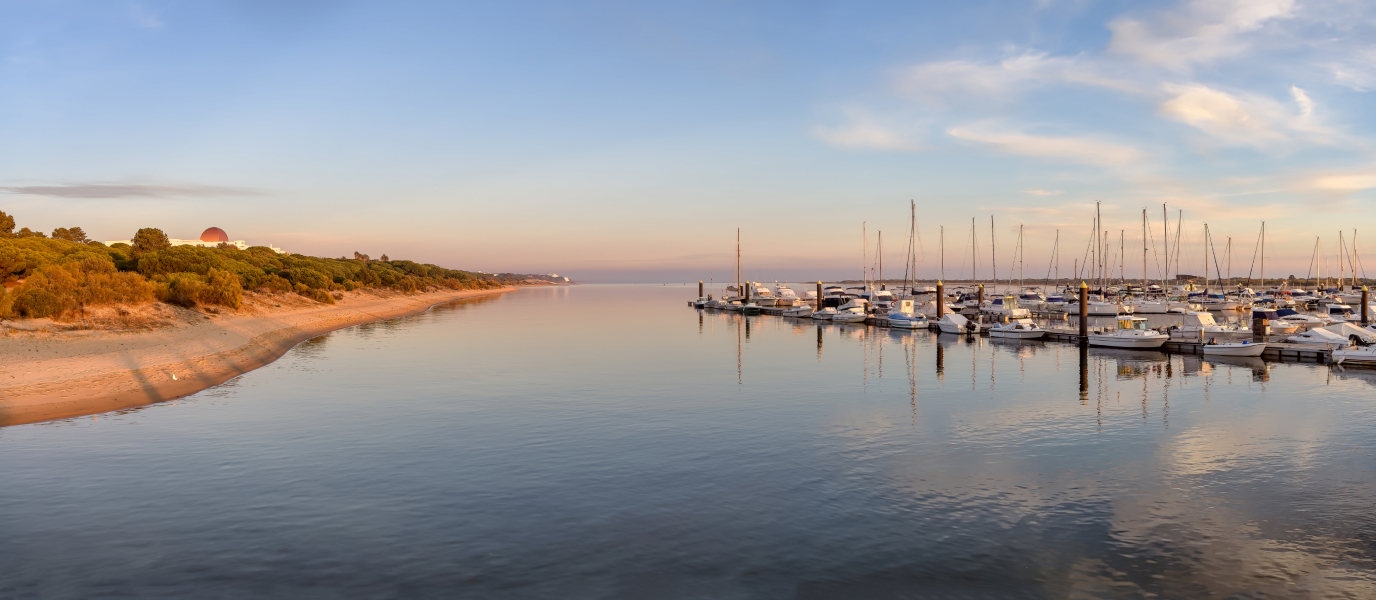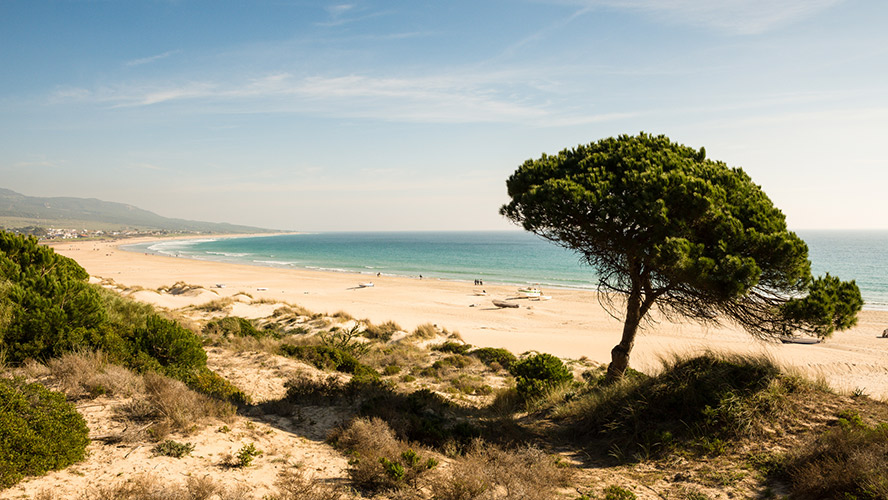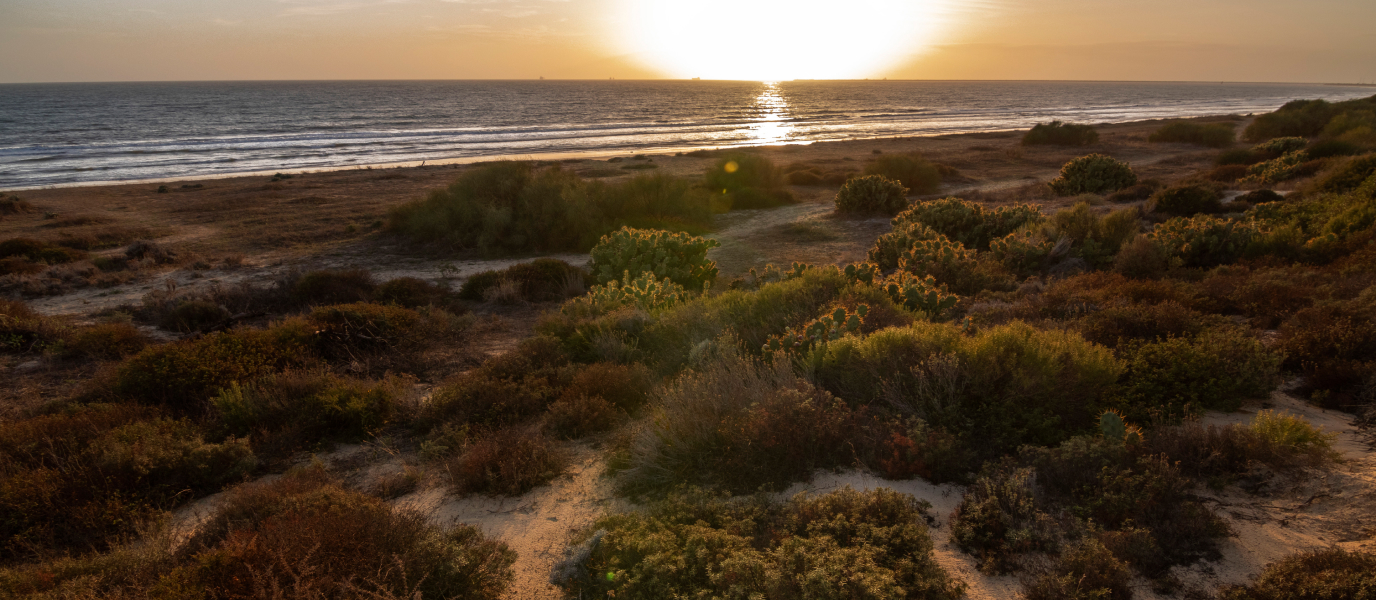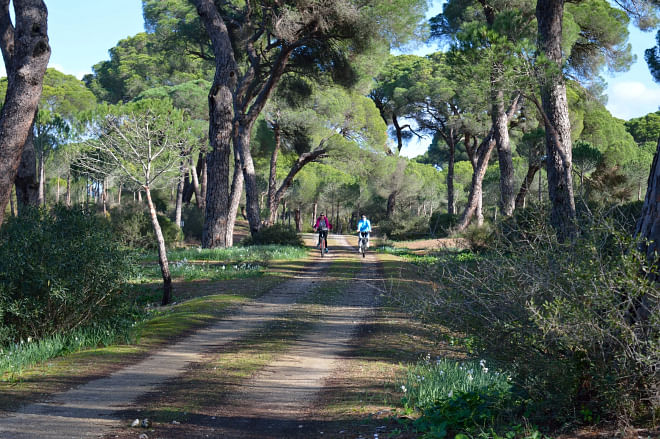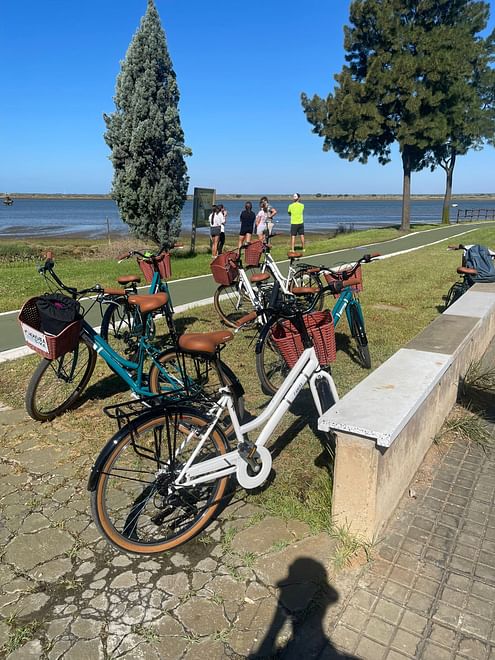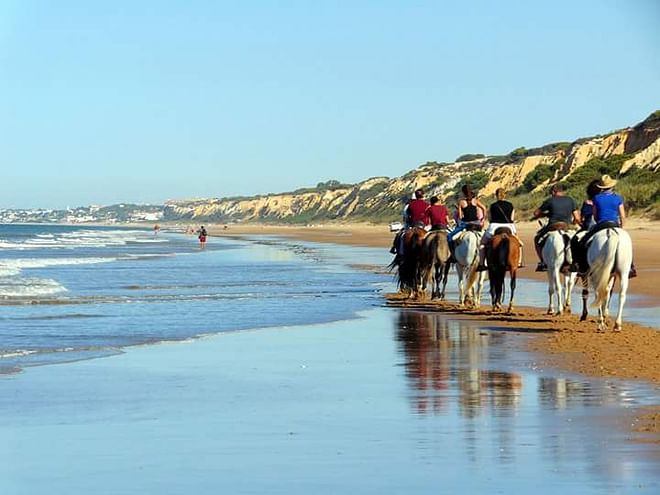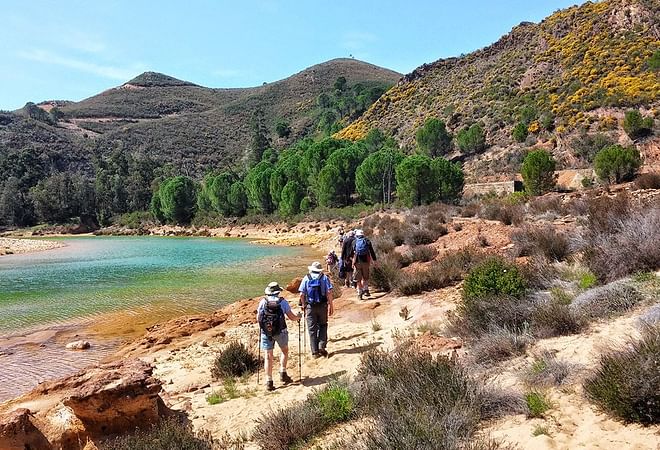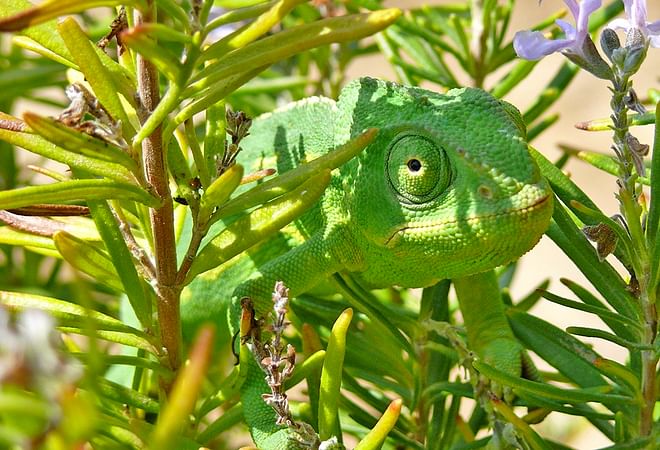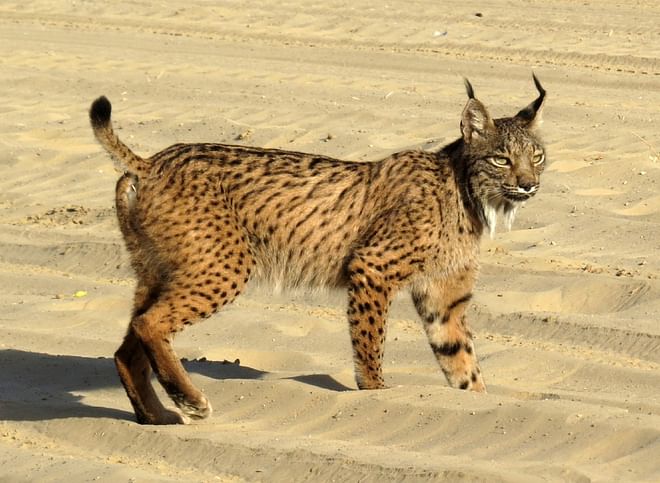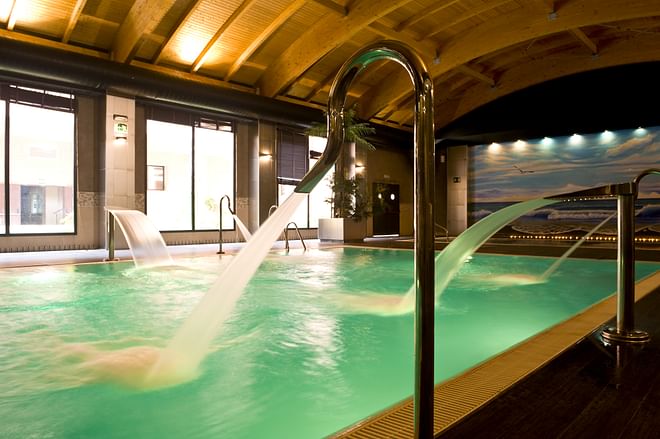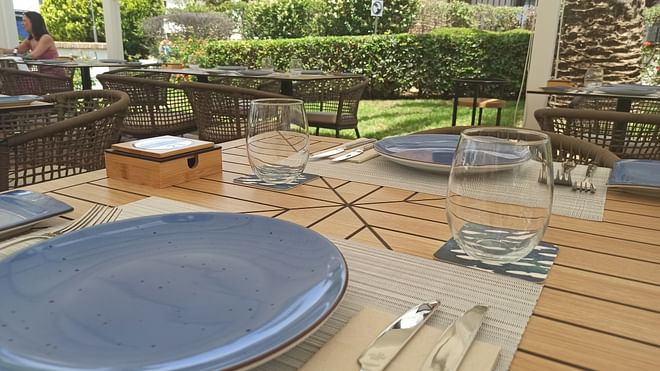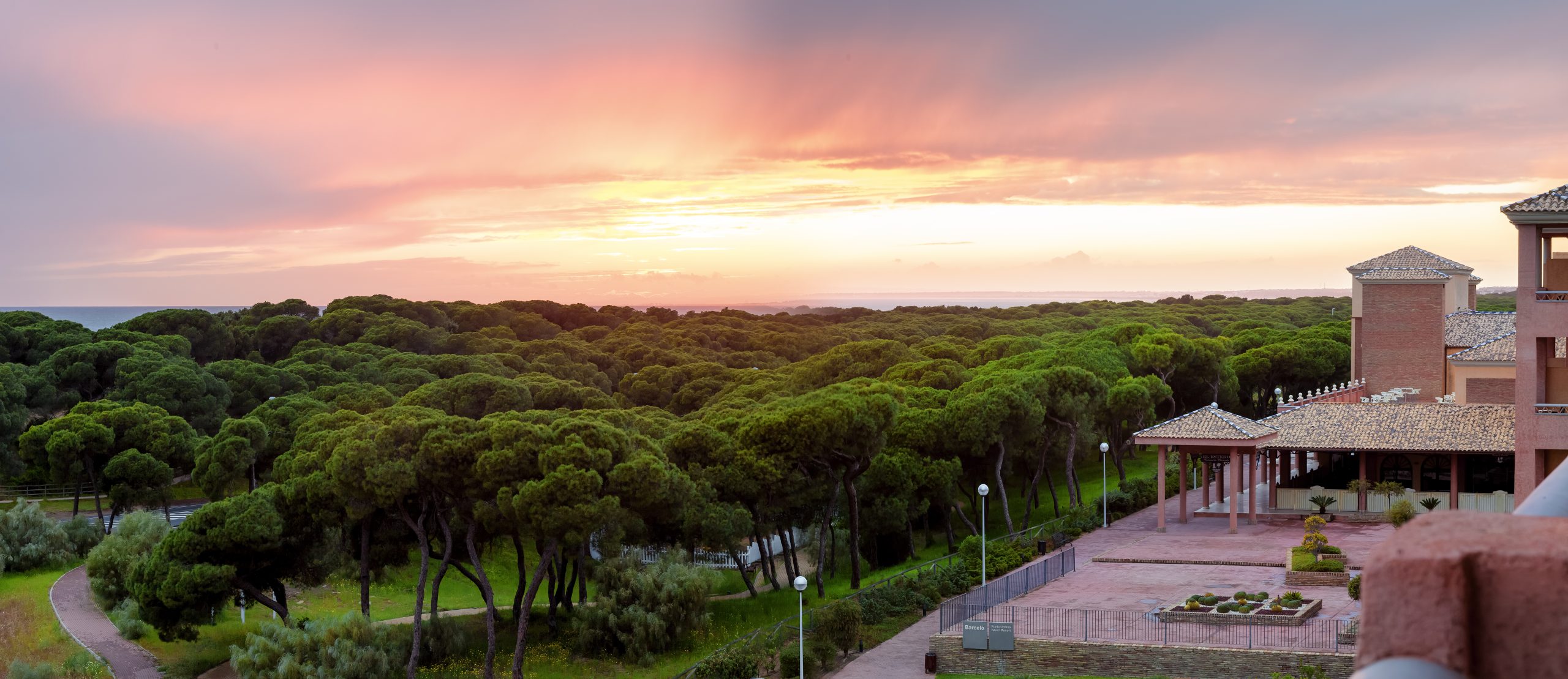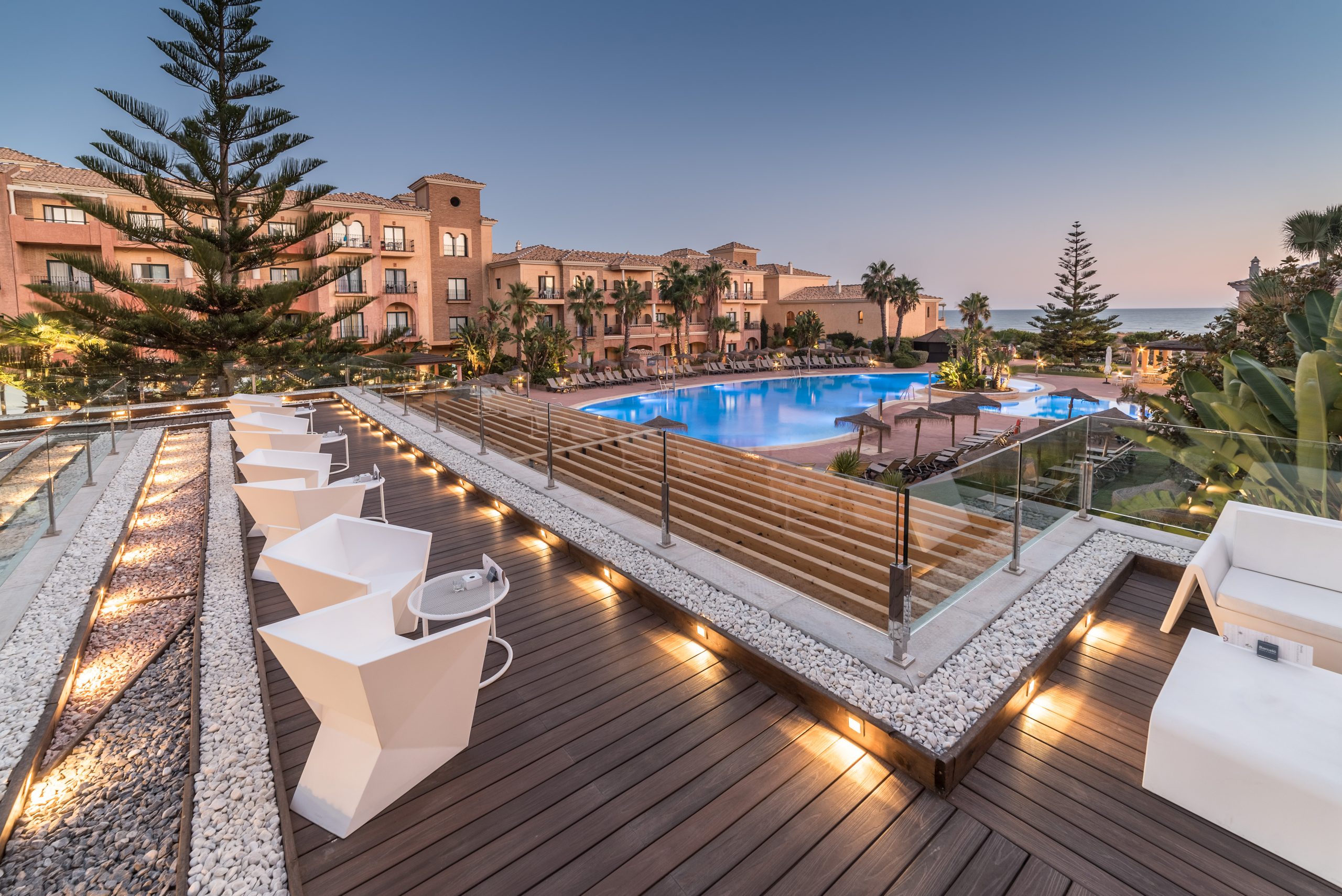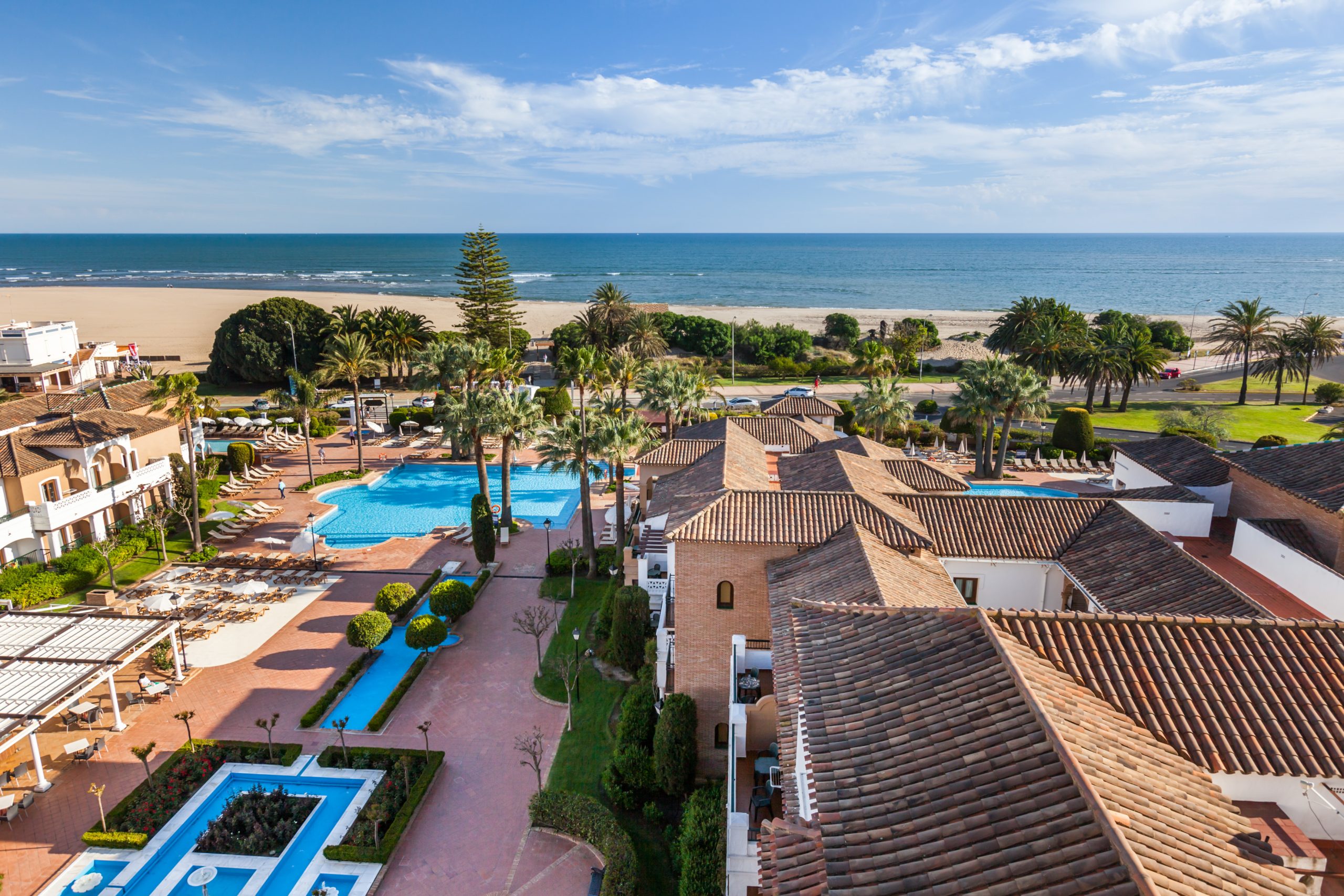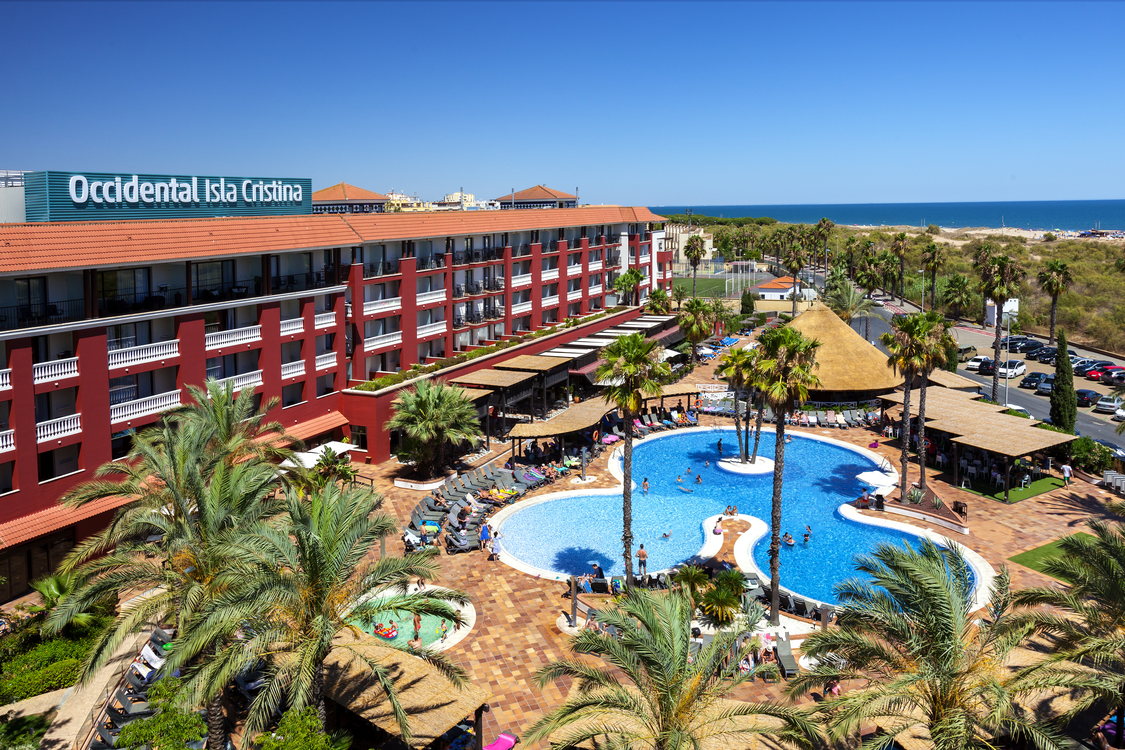El Portil beach is one of the most popular beaches in the province of Huelva. Located between the municipalities of Punta Umbría and Cartaya, it stretches for 4 kilometres and measures about 40 metres wide all the way along. Its location at the mouth of the River Odiel puts it a stone’s throw from the Laguna de El Portil Natural Park, making it the ideal place for nature lovers.
Characteristics and Services at El Portil Beach
Due to the fact that El Portil Beach is located between two municipalities, Punta Umbría and Cartaya, the beach itself goes under the names of El Portil and Nuevo Portil despite the fact that there is absolutely no discernible separation between the two.
That being said, the El Portil end is more urban and offers more shops and bars than Nuevo Portil, which is closer to the river mouth and is characterised by its more rugged, unspoiled landscape. Given the fact that the beach is 4 kilometres in total, it’s recommendable that you decide which part of the beach you fancy spending the day on before you arrive.
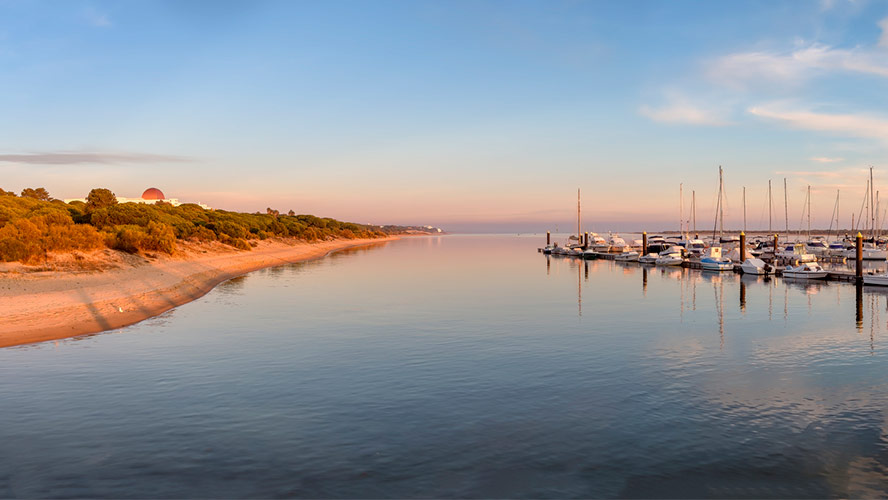
In either case, this is a quintessential beach in Huelva: extremely long, wide and boasting fine golden sand. What is special about this beach, however, is the fact that despite being on the Atlantic the shore is typified by calmer waters and less wind than on other parts of the coast, making it ideal for families.
You will also find plenty of places that offer water sports and other activities, as well as ferries that will take you to the beautiful Flecha del Rompido. In the last few years, this unique strip of sand on the other side of the River Piedras has become very popular for people in search of the best beaches in Spain. It is pristine, has calm waters all the way along and there are designated parts for naturists.
Another interesting part of this beach is the string of military bunkers built by the dictator Francisco Franco during the Second World War to protect Spain from a possible Allied invasion on the Huelva coast.
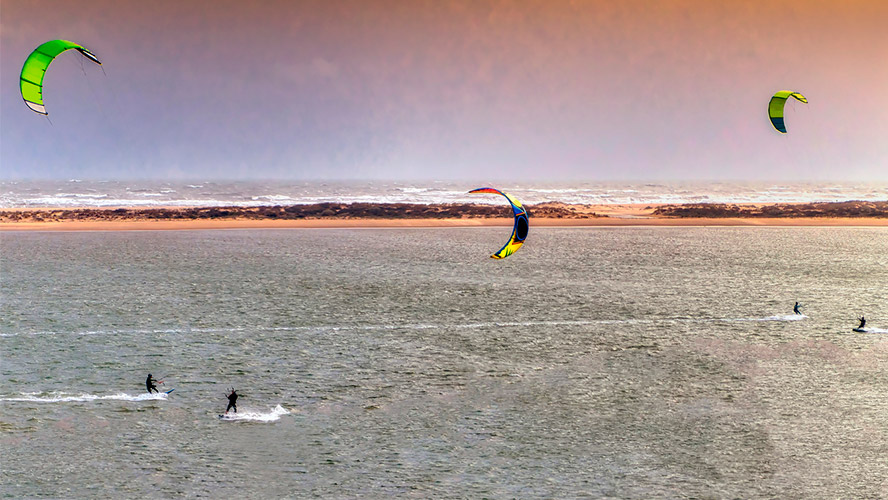
La Laguna de El Portil: a popular stop for migrating birds
Barely 300 metres inland from the beach, on the other side of the residential area and the A-5052 road, you will find one of the most popular natural spaces of the area: La Laguna de El Portil. Huelva is famed for its hiking and this lagoon is a fantastic place for it.
The importance of the Laguna de El Portil
This freshwater lagoon is an important stop for birds that migrate from the Iberian Peninsula to Africa every year. Along with the Odiel Marshlands, the River Piedras and the Flecha del Rompido (also known as the Flecha de Nueva Umbría) the lagoon makes up part of a common ecosystem on the Huelva coast, which becomes a temporary home to thousands of birds. The lagoon itself is the product of many years of sand accumulation that eventually blocked off the many streams and rivulets that used to feed it.
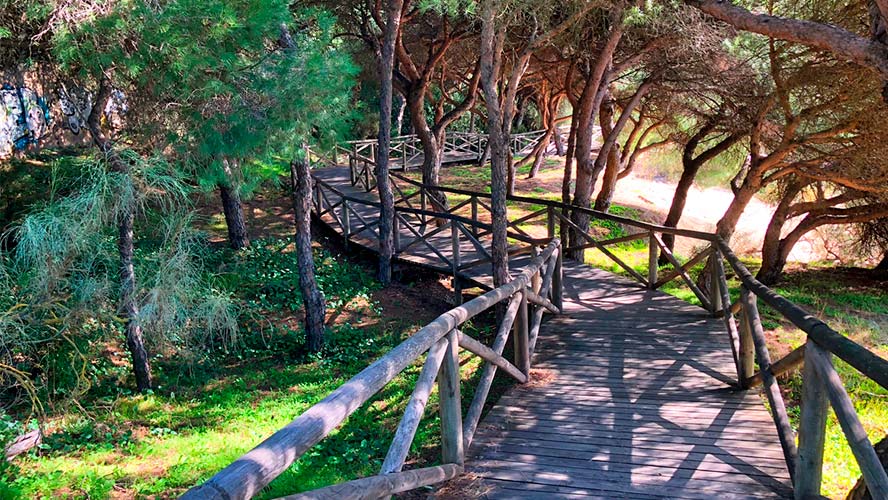
There is a walking route that begins at the lookout point of El Portil, from which you can get magnificent views of the area. The first stretch of the walk is a path made of wooden planks that follows an incline that goes past the ring of sand dunes that surrounds the lagoon. The path snakes upwards to the top of the dunes and then descends to the lagoon. The rest of the path follows the fence that encloses the natural space, making for a very pleasant walk that takes less than an hour but gives you an excellent look at the lagoon and the myriad species that live there.
Fauna and flora in the Laguna de El Portil
This lagoon is one of the most important stopping points for a plethora of migratory birds on their way north, such as grebes and many gulls that come here to bathe in the fresh water. During specific periods of spring and autumn, you can also see Garganeys, a species of duck that spends its winters in Africa and then makes Europe its home when the weather is better.
In terms of vegetation, the lagoon is surrounded by reeds, nut grass and bulrushes. Around these, the flora steadily changes as you go up and over the dunes, until you start to see broom, Phoenician juniper, mastic and pine trees.



























































